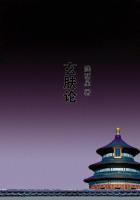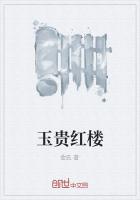THE TURNOVER OF CAPITAL
THE TURNOVER OF VARIABLE CAPITAL I. THE ANNUAL RATE OF SURPLUS-VALUELet us assume a circulating capital of £2,500 four-fifths of which, or £2,000, are constant capital (materials of production) and one-fifth, or £500, is variable capital invested in wages.
Let the period of turnover be 5 weeks: the working period 4 weeks, the period of circulation 1 week. Then capital I is £2,000, consisting of £1,600 of constant capital and £400 of variable capital;capital II is £500, £400 of which are constant and £100variable. In every working week a capital of £500 is invested. In a year of 50 weeks an annual product of 50 times 500, or £2,500, is manufactured. Capital I of £2,000, constantly employed in the working period, is therefore turned over 12 1/2 times. 12 1/2 times 2,000makes £25,000. Of these £25,000 four-fifths, or £20,000, are constant capital laid out in means of production, and one-fifth, or £5,000 is variable capital laid out in wages. The total capital of £25,000 is thus turned over 25,000/2,500, or 10 times.
The variable circulating capital expended in production can serve afresh in the process of circulation only to the extent that the product in which its value is reproduced has been sold, converted from a commodity-capital into a money-capital, in order to be once more laid out in payment of labour-power.
But the same is true of the constant circulating capital (materials of production) invested in production, the value of which reappears in the product as a portion of its value. What these two portions -- the variable and the constant part of the circulating capital -- have in common and what distinguishes them from the fixed capital is not that the value transferred from them to the product is circulated by the commodity-capital, i.e., through the circulation of the product as a commodity. One portion of the value of the product, and thus of the product circulating as a commodity, of the commodity-capital, always consists of the wear and tear of the fixed capital, that is to say, of that portion of the value of the fixed capital which is transferred to the product during the process of production. The difference is really this: The fixed capital continues to function in the process of production in its old use-form for a longer or shorter cycle of turnover periods of the circulating capital (equal to constant circulating plus variable circulating capital), while every single turnover is conditioned on the replacement of the entire circulating capital passing from the sphere of production -- in the form of commodity-capital -- into the sphere of circulation. the constant circulating and variable circulating capital have the first phase of circulation, C'---M, in common. In the second phase they separate. The money into which the commodity is reconverted is in part transformed into a productive supply (constant circulating capital).
Depending on the different terms of purchase of its constituent parts, one portion of the money may sooner, another later, be converted from money into materials of production, but finally it is wholly consumed that way.
Another portion of the money realised by the sale of the commodity is held in the form of a money-supply, in order to be gradually expended in the payment of the labour-power incorporated in the process of production.
This part constitutes the variable circulating capital. Nevertheless the entire replacement of either portion always originates from the turnover of capital, from its conversion into a product, from a product into a commodity, from a commodity into money. This is the reason why, in the preceding chapter, the turnover of the circulating capital, constant and variable, was treated jointly and separately without paying any regard to the fixed capital.
In the question which we shall now take up, we must go a step farther and proceed with the variable portion of the circulating capital as though it along constituted the circulating capital. In other words, we leave out of consideration the constant circulating capital which is turned over together with it.
A sum of £2,500 has been advanced and the value of the annual product is £25,000. But the variable portion of the circulating capital is £500; therefore the variable capital contained in £25,000amounts to 25,000 divided by 5, or £5,000. If we divide these £5,000by £500, we find the number of turnovers is 10, just as it is in the case of the total capital of £2,500.
Here, where it is only a question of the production of surplus-value, it is absolutely correct to make this average calculation, according to which the value of the annual product is divided by the value of the advanced capital and not by the value of that portion of this capital which is employed constantly in one working period (thus, in the present cast not by 400but by 500, not by capital I but by capital I plus capital II). We shall see later that, from another point of view, the calculation is not quite exact, just as this average calculation generally is not quite exact. That is to say, it serves well enough for the practical purposes of the capitalist, but it does not express exactly or properly all the real circumstances of the turnover.
We have hitherto ignored one part of the value of the commodity-capital, namely the surplus-value contained in it, which was produced during the process of production and incorporated in the product. To this we have now to direct our attention.
Suppose the variable capital of £100 invested weekly produces a surplus-value of 100%, or £100, then the variable capital of £500invested over a 5-week turnover period produces £500 of surplus-value, i.e., one half of the working day consists of surplus-labour.

